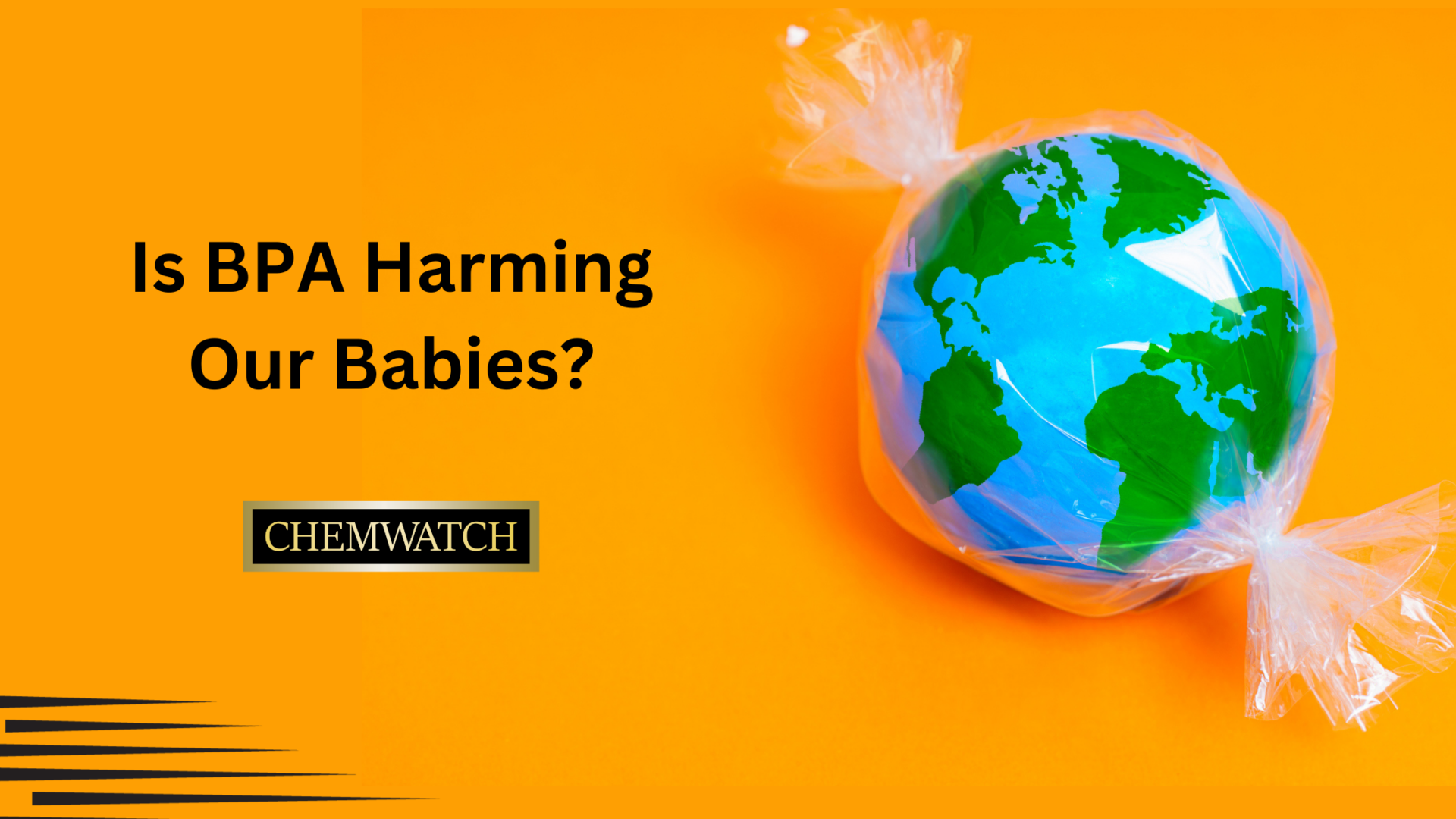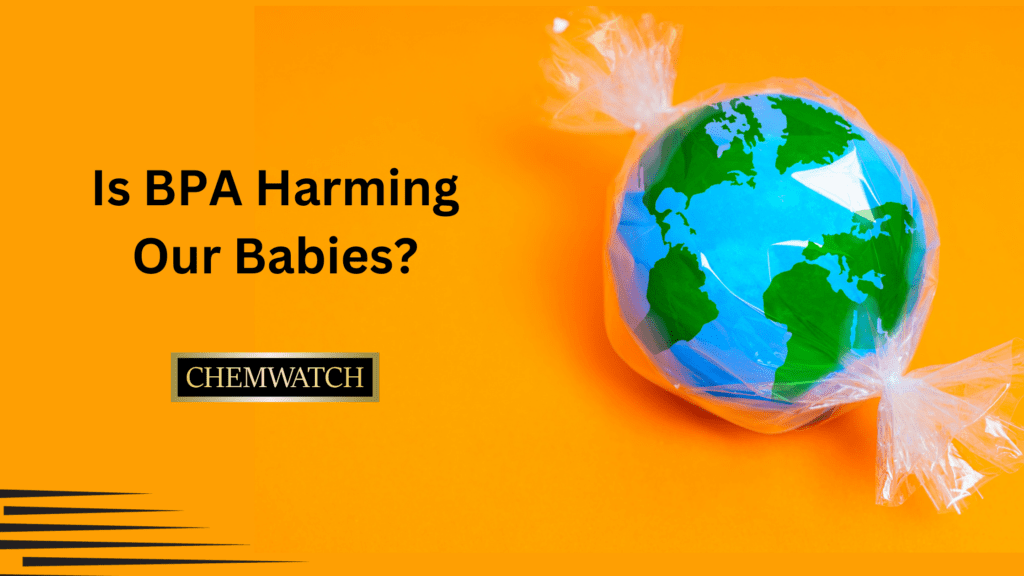
We may not always be able to see it, but make no mistake—plastic is everywhere. So abundant and so adaptable, there are a myriad of uses for the many different types of plastics in existence, so much so that when we encounter a non-plastic alternative used in a product or service, it can seem rather unusual! Given its prevalence in our everyday lives, knowing the composition of plastics we regularly come into contact with is imperative, particularly if they contain harmful components.

Bisphenol A (BPA) is a chemical compound used for plastics, primarily for the broad use cases of said compound.
In recent years, microplastics and plastics that can interact with living things have been a main talking point for scientists and government bodies alike, and for good reason. Certain plastics, and the chemicals contained within them, can be more dangerous to humans than others, and one particular plastic component that has come under recent scrutiny is BPA.
Bisphenol A, or BPA for short, can be used in food containers and packaging, drink bottles, CDs and DVDs, TVs, eyeglasses and safety glasses, tableware, toys, impact-resistant safety equipment—the list goes on. But what is BPA and why is it potentially harmful? Should we be worried about its uses and where it can be found? Here we take a closer look into BPA and what, as consumers, you should know about it.
What is BPA?
Bisphenol A (BPA) is a chemical compound used for plastics, primarily for the broad use cases of said compound. BPA can be used for a multitude of its properties, such as:
BPA is also used in most epoxy resins and polycarbonate plastics—it’s extremely useful, to say the least.
What makes BPA a concern is how it interacts with our bodily functions, as well as how invasive it can be to both humans and ecosystems alike. Like most other plastics, BPA can fragment and become microscopic, which is where ‘microplastics’ get their name. Microplastics can end up in all sorts of places, such as rivers, oceans, animals, the atmosphere, and even our food. In fact, one study found that 77% of people tested had microplastics in their own bloodstream. BPA is unique to other types of plastics, however, which is why so much has been done in the past few years to combat the health risks that could come from the chemical compound.
While you can understand why BPA is used for a multitude of reasons, the drawbacks of BPA come from the health effects that could arise in the event of transmission into the body. There is still much to be learned about the effects of BPA on the body. The FDA states that in the low-dose range, BPA shows no effect on rodents, and currently BPA is safe in the regular amounts that are interacting with foods. However, the FDA as well as the World Health Organisation have spent a lot of time and expressed “some concern” over the health effects of BPA.
Some causes for concern among researchers include:
Most concern has been centred around BPA’s activity with estrogen, as well as infant and childhood development, which is why the FDA has amended regulations to disapprove the use of BPA in baby bottles, baby formula cans, and sippy cups, as it could transfer to them easily.
Widespread media coverage and research have resulted in many organisations and government bodies taking precautions to reduce the risks. The Australian government announced a phase-out of BPA in similar products in 2010. Canada has banned BPA in baby bottles, and the European Union has banned use in all products for infants and babies, as well as thermal receipts in 2020. BPA in products that interact with food and drinks are of utmost concern when it comes to discussions around BPA, and it remains a widely discussed topic today.
BPA doesn’t just pose a level of risk to humans—animals, plants and other organisms could also be at risk when it comes to BPA in the ecosystem. As well as microplastics and plastic fragments coming into direct contact with animals through consumption, plastics containing BPA can also enter ecosystems and environments through sewage, waste, industry and human negligence. Data shows that while knowledge of BPA in aquatic ecosystems and the effects on organisms is not fully known, the general understanding is that there are only negative impacts, in particular with regards to hormones/reproduction and development.
The main areas for concern are usually attributed to connections with foods and liquids, bottles, and packaging, other than packaging specifically stating 'BPA FREE'. Only plastics containing the numbers 3 or 7 (contained inside a recycle symbol) have a chance of containing Bisphenol-A. If your plastic has anything between and including numbers 1, 2, 4, 5 or 6, you’re in the clear.
Lots of BPA alternatives exist, meaning there’s a plethora of substitutes that can be used to minimise the risks associated with BPA. However if BPA is present, ensuring the product in question doesn’t get too hot, for example inside the dishwasher or microwave, is another way to minimise the risk of BPA leaching onto foods and drinks.
Our chemical management software provides businesses and industries with the tools to track,
analyse, and manage chemicals throughout their lifecycle. By integrating information about microplastics and associated chemical risks into the system, Chemwatch can empower companies to make informed decisions about their product choices, manufacturing processes, and waste disposal methods. Together, we can protect human health and the environment for generations to come. For more information, contact us today!
Sources: